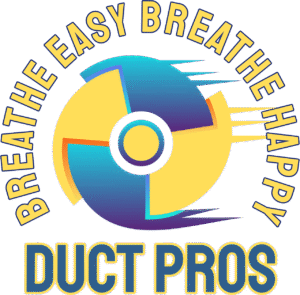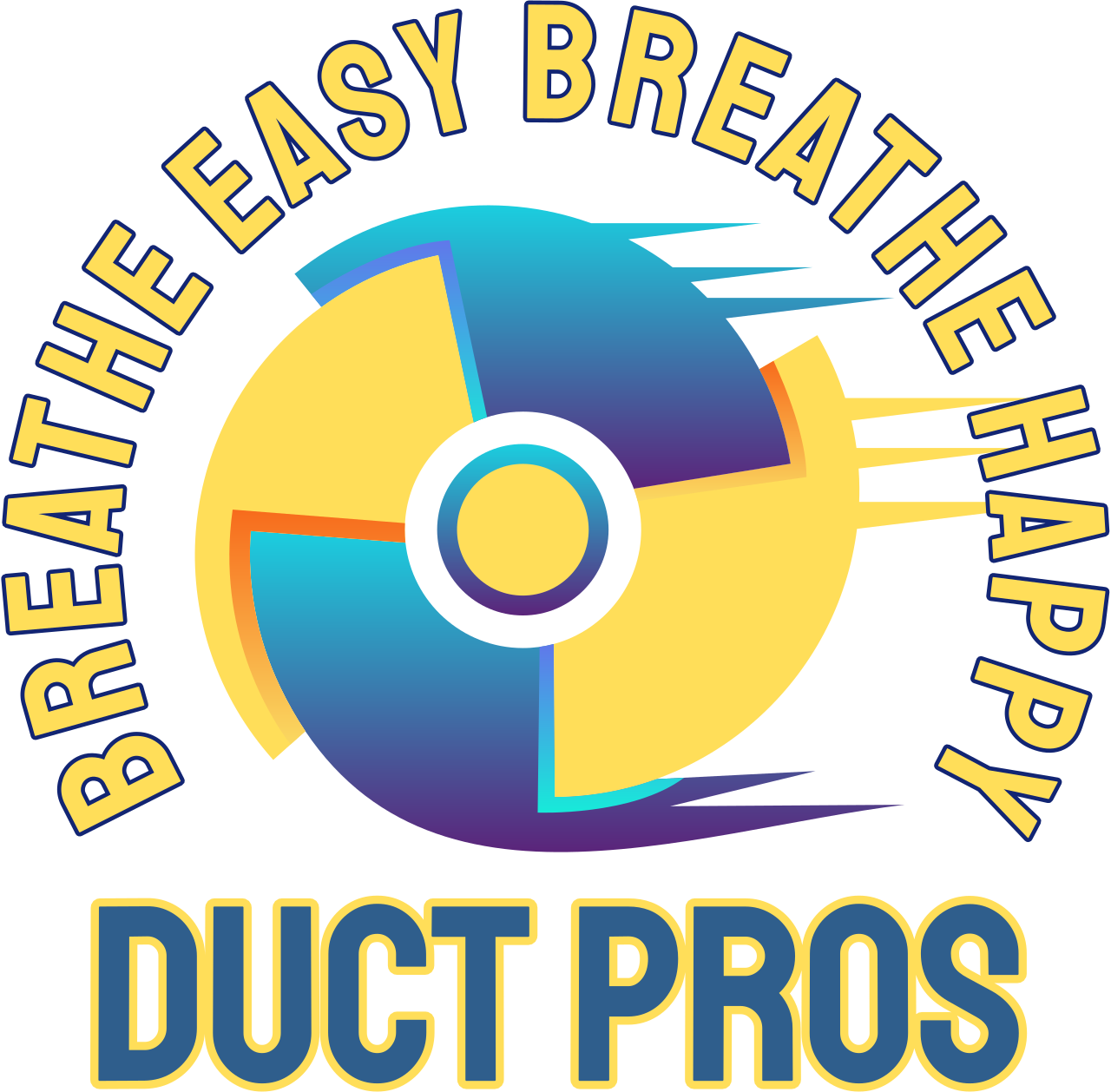How Lee’s Summit Weather Impacts Your Home’s Duct System
Lee’s Summit, MO, is known for its dramatic seasonal weather patterns—from scorching, humid summers to frigid, snow-filled winters. While most homeowners are well-prepared for weather changes outside, fewer consider how extreme temperatures and humidity affect their home’s ductwork. Understanding these impacts is key to maintaining a comfortable living environment, optimizing heating and cooling performance, and avoiding costly HVAC repairs.
1. Seasonal Temperature Extremes
Summer Heat
Summers in Lee’s Summit regularly bring temperatures soaring into the 90s or higher, often accompanied by heavy humidity. During these hot months, your air conditioning system works overtime to keep your home cool. If your ductwork isn’t functioning properly—whether due to blockages, leaks, or poor insulation—your system must work even harder, leading to reduced efficiency and increased utility bills. Ensuring your ducts can accommodate high airflow demands is essential for keeping your home cool and costs manageable.
Winter Cold
In contrast, winters in Lee’s Summit often dip below freezing. Ducts located in unconditioned areas like crawlspaces, attics, or basements are especially vulnerable to cold weather. Frigid temperatures can lead to brittleness, condensation buildup, and cracks in ductwork. If heat is lost through uninsulated or damaged ducts, your heating system must work harder to compensate—raising energy bills and reducing comfort. Proper insulation and routine maintenance are vital to keeping things running efficiently in the cold.
2. Humidity and Its Effects
High Humidity
High humidity levels in spring and summer can be tough on metal duct systems. Moisture accumulation inside the ducts can cause rust, corrosion, and even water damage. Over time, humid conditions may also foster mold growth, which can be spread throughout your home as air moves through the system. To combat this, consider investing in air duct sanitization and proper dehumidification to protect your system and improve indoor air quality.
Low Humidity
In winter, the air becomes much drier, which can lead to brittle ductwork—especially if the materials are older or exposed to frigid conditions. Cracked or poorly insulated ducts may result in significant heat loss. Additionally, dry indoor air can make your home feel colder than it is, prompting you to bump up the thermostat and further stress your HVAC system. A well-balanced humidifier can help retain comfort and preserve duct integrity during the colder months. Learn more about controlling indoor allergens and moisture by exploring our air purification services.
3. Weather-Related Wear and Tear
Storms and Wind
Lee’s Summit experiences its fair share of thunderstorms, heavy winds, and lightning events. Powerful winds can dislodge or damage vent covers, leading to exposure of your ductwork to outdoor elements, debris, and even pests. If vent covers are misplaced or broken, contaminants and moisture can enter the entire ventilation system, impacting airflow and contaminating the indoor environment. It’s critical to inspect and secure vent covers after any severe weather event.
Temperature Fluctuations
During transitional seasons—like spring and fall—daily temperature swings can cause your ductwork to expand and contract frequently. Over time, this can loosen joint connections, create small leaks, and lead to a drop in air pressure throughout the system. These inefficiencies reduce the effectiveness of your HVAC system and may shorten its lifespan. Proactive measures, such as sealing ducts and regular inspections, can prevent these issues from escalating.
4. Maintenance Tips for Lee’s Summit Homeowners
Because the local climate presents so many challenges, it’s vital for Lee’s Summit residents to be proactive with duct maintenance. Here are several ways to keep your duct system in optimal condition throughout the year:
1. Schedule Regular Inspections
Have a certified HVAC professional inspect your system annually. During assessments, they can check for disconnected ducts, poor insulation, corrosion, or other wear that might be reducing system efficiency. Early detection of these issues can save energy and repair expenses in the long term. Our HVAC services include professional assessments tailored for Lee’s Summit homes.
2. Insulate Exposed Ductwork
If any part of your duct system runs through unconditioned spaces like attics or garages, ensure it’s properly insulated. Insulation helps preserve conditioned air, reduces energy loss, and improves overall home comfort during both hot and cold months.
3. Clean and Seal Ducts
Dust, pet hair, and allergens can accumulate in ductwork over time, reducing air quality and restricting airflow. Regular air duct cleaning—ideally once or twice a year—eliminates these contaminants. Also, sealing joints and connections can prevent conditioned air from leaking into areas where it’s not needed, thereby increasing efficiency and indoor comfort.
4. Monitor Indoor Humidity
Balanced humidity is not just for comfort—it’s essential to system health. Use a dehumidifier in summer to prevent mold and moisture damage. In winter, a humidifier can add just enough moisture to prevent dryness-induced duct damage. Both devices contribute to better air quality and fewer wear-and-tear problems on your duct system.
5. Inspect After Severe Weather
After major storms or temperature drops, give your ducts a quick visual inspection. Check for signs of damage like cracks, dislodged vent covers, or strange noises in your HVAC system. If you really want peace of mind, schedule a professional post-storm inspection to prevent small problems from turning into long-term issues. If there are extreme airflow problems, don’t forget to evaluate related components like your dryer—our dryer vent cleaning and dryer flex replacement services can help prevent unsafe airflow restrictions.
Conclusion
Lee’s Summit’s dynamic climate presents significant challenges for residential duct systems, impacting everything from energy efficiency to indoor air quality. By understanding how seasonal temperature changes, humidity, and severe weather affect your ductwork, you can take steps to protect your HVAC system and avoid costly repairs. Implementing regular maintenance, insulation, humidity control, and professional cleanings ensures your system remains durable and efficient throughout the year.
For expert support and personalized guidance, trust the team at Duct Pros. Our mission is to help Lee’s Summit homeowners stay comfortable year-round with cleaner air, lower energy bills, and a more reliable HVAC setup. Contact us today to schedule a duct inspection or service appointment.
Follow us on Facebook for seasonal tips, updates, and more insights into how to keep your home’s air system running strong.

